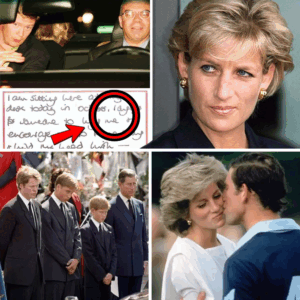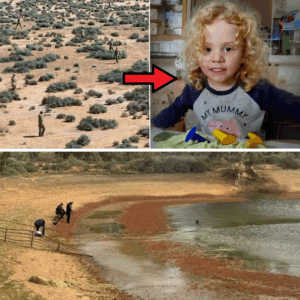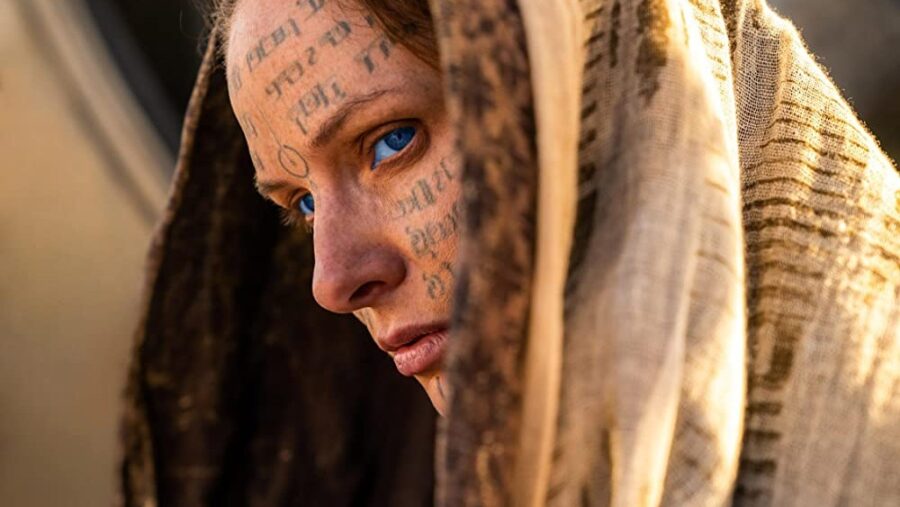
Dune: Part Two was released this weekend, earning an impressive weekend take of $182.5 million globally. If you’re one of the many fans who bought a ticket to Dennis Villeneuve’s sci-fi epic, chances are you have a question or two about the visual feast you experienced. Namely, what in Arakis is a Kwisatz Haderach?
The short answer is that in the world of Dune, the Kwisatz Haderach is The Messiah. The long answer is that it’s not a savior and more the end result of a eugenics program.
Selective Breeding Of The Bene Gesserit
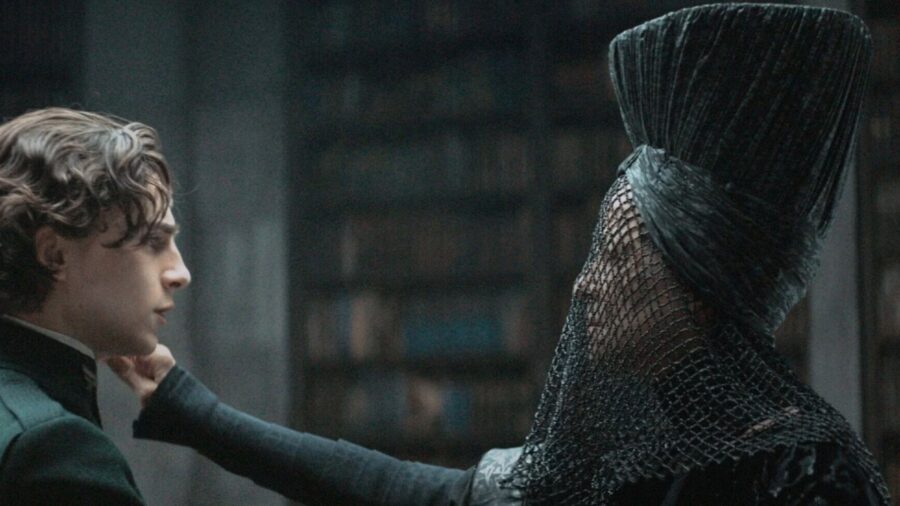
In order to fully understand the Kwisatz Haderach, you first have to understand the Bene Gesserit. The easiest way to explain the Bene Gesserit in any modern context is to use a fictional order they inspired. The Bene Gesserit are basically the Jedi Order if it were exclusively female.
While it’s obviously not a 1:1 comparison, it will do in a pinch. The Bene Gesserit are an order of women with superhuman powers and abilities including “the voice” which is essentially the Jedi mindtrick. Unlike the Jedi, who are content to roam around the galaxy looking for young Force-sensitives to kidna—uh, recruit, Bene Gesserit prefer to breed their own successors. The sisterhood’s large-scale breeding program has one aim: to create the Kwisatz Haderach.
A Plan Thousands Of Years In The Making
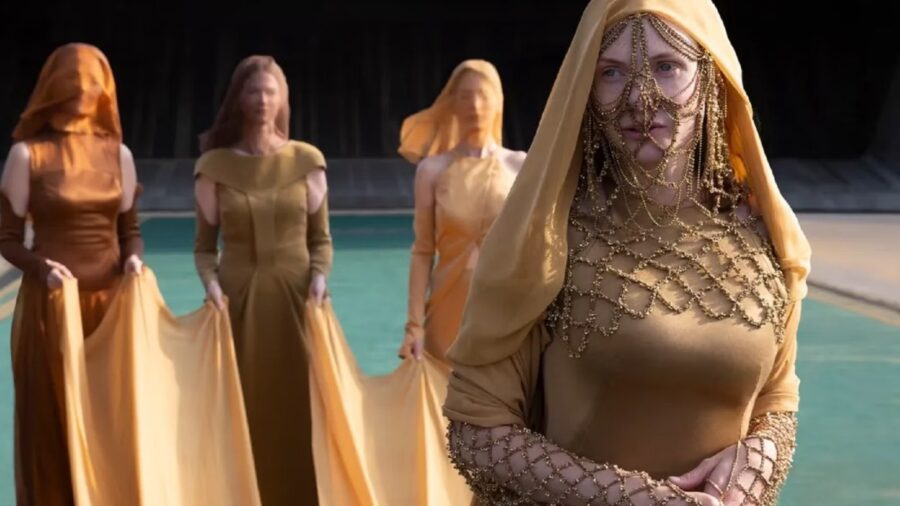
Despite being the strongest beings in the Dune universe, the Bene Gesserit lack the ability to tap into the male side of their ancestry, which would allow them to be all-powerful. To that end, the sisterhood decided thousands of years before the events of Dune to start breeding certain bloodlines with the goal of eventually producing a male child with unlimited power, a messiah they call the Kwisatz Haderach.
The Wrong Savior
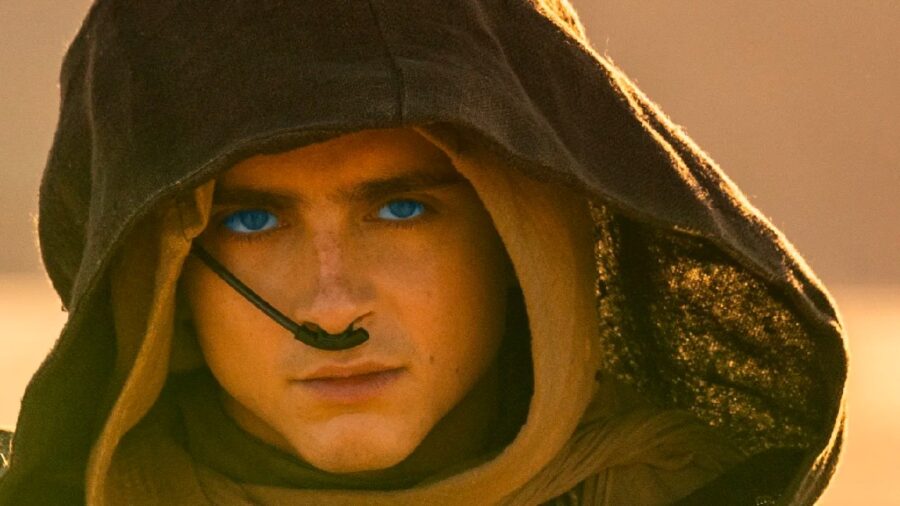
What sets the Kwisatz Haderach apart from other messiahs however is how flexible the circumstances are around its creation. Unlike the chosen one from every story that cribbed from Dune, from Star Wars to Harry Potter, the Kwisatz Haderach is not a one-and-done thing. Paul Atriedes, the protagonist of Dune, isn’t even the Kwisatz Haderach the Bene Gesserit wanted.
The Defiance Of Lady Jessica
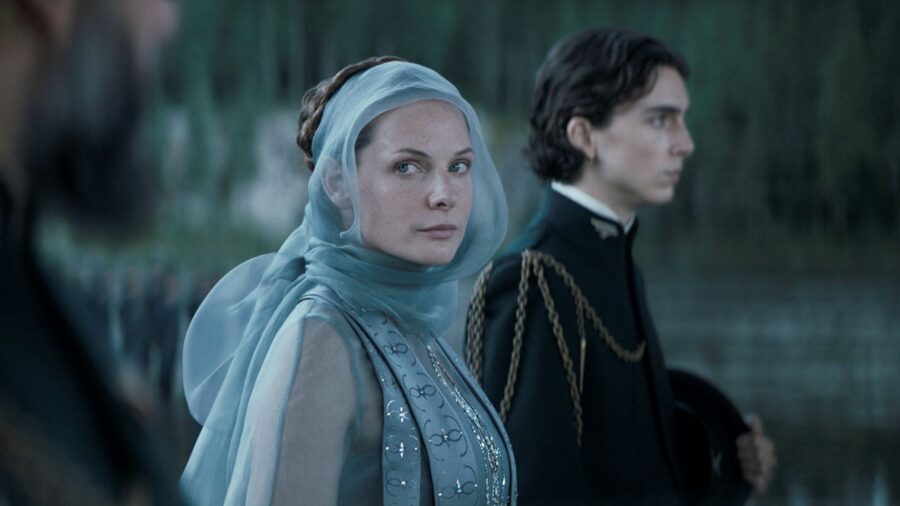
One of the powers the Bene Gesserit have that the Jedi don’t is that they can control the sex of their children in the womb. Paul’s mother, who is a Bene Gesserit herself, was instructed by the Reverend Mothers to give Paul’s father a girl child. Lady Jessica however decided to give her lover a son, and thus Paul Atriedes the Kwisatz Haderach was born.
Or should we say Paul Atriedes the first Kwisatz Haderach was born. Eventually, Paul’s sister Alia would be considered a Kwisatz Haderach, as well as his son Leto II.
The Power To Rule
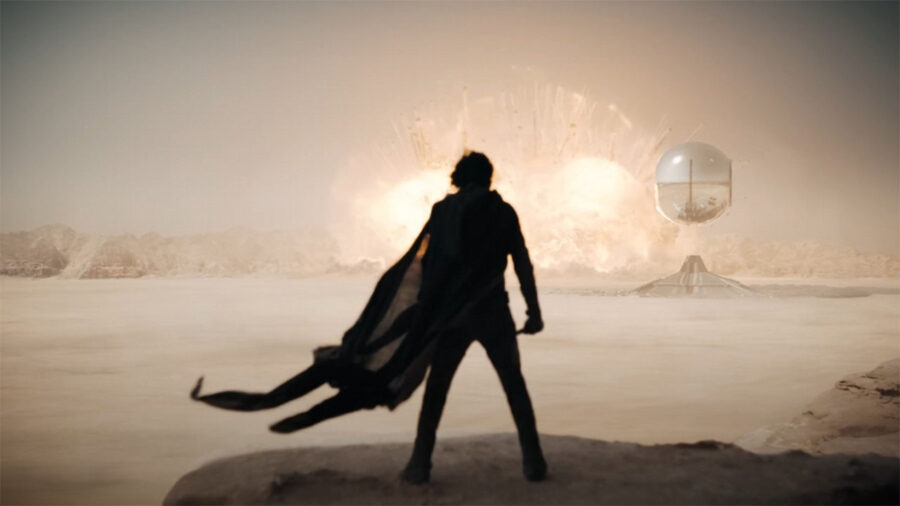
As far as messiah figures in fiction go, the Kwisatz Haderach is an interesting concept. Not so much a prophesized savior as it is the result of a eugenics program designed to give the breeders—the Bene Gesserit—the power to rule over the universe. Historically, most saviors are worshiped for their ability to save the world, not rule it.
Dune Twists The Chosen One Narrative

Of course, those who have read the books know that things don’t go the way the Bene Gesserit would prefer them to and that Paul’s relationship with saviorhood is complicated. While it’s understandable that ersatz Kwisatz Haderachs like Harry Potter or Neo would have a much more streamlined purpose and destiny, given how complicated it is to fashion a story as complex as Dune, it’s also a little disappointing.
By having the chosen one be a result of divine intervention, you rob the fans of any actual depth when it comes to the circumstances surrounding their origin. The good guy is good because the prophecy said it, and so on and so forth. Booooooring!
Dune Messiah

At least with Dune Frank Herbert was brave enough to question whether a being such as the Kwisatz Haderach existing is even a good thing to begin with. Is blindly following the messiah the way to go, or will it result in the ruin of humanity?
You’ll have to wait for Dune 3 to find out or go read Dune Messiah.
